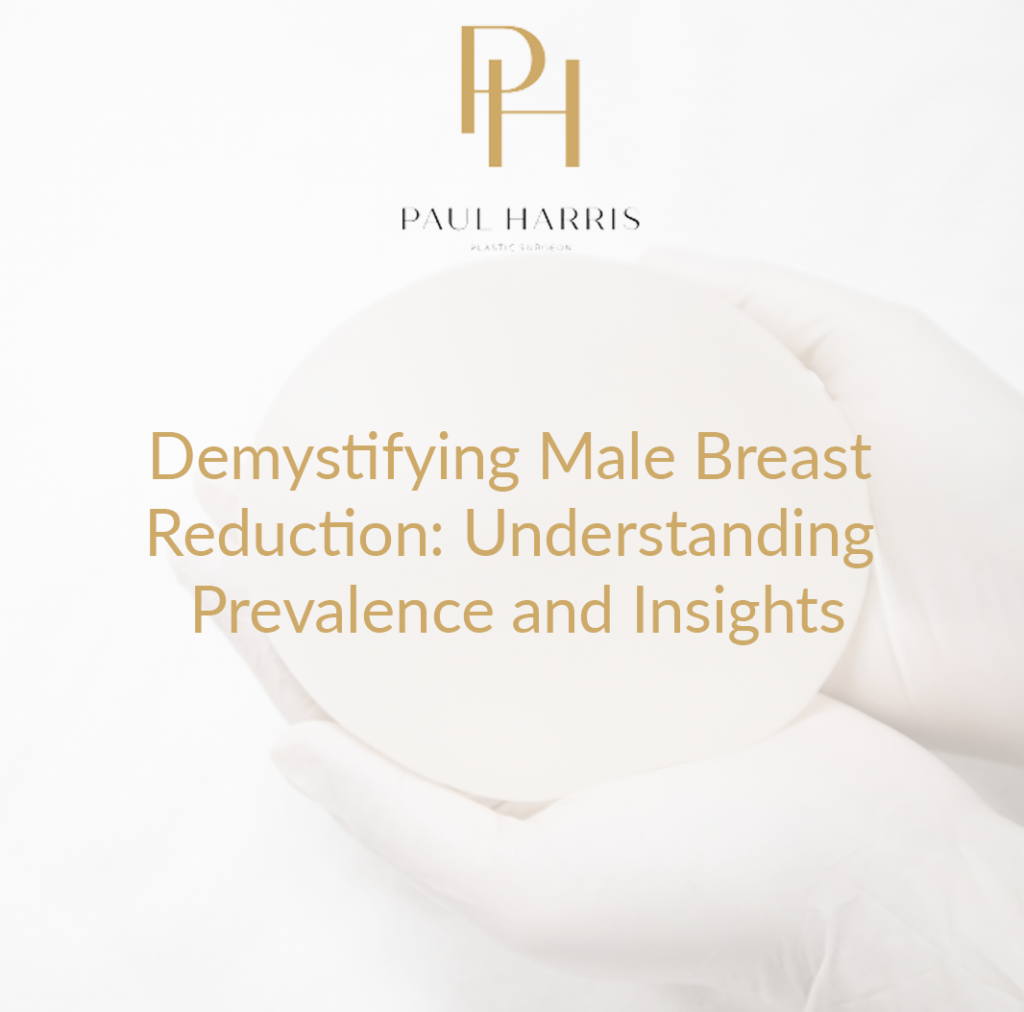Demystifying Male Breast Reduction: Understanding Prevalence and Insights
The landscape of male aesthetics has transformed dramatically over the past few decades, with more men finding the courage and resources to address concerns about their physical appearance. One procedure that has steadily garnered attention is male breast reduction, or gynecomastia surgery. As this topic remains shrouded in misconceptions and curiosity, it’s essential to guide those on the fence through the facts and figures. We will delve into the prevalence of gynecomastia, explore its common causes, discuss the procedure itself, and offer insights into recovery and beyond.
Understanding Male Breast Enlargement
The development of male breasts that are abnormally large, which is medically termed gynecomastia, is a common occurrence among men. According to studies, it affects 30% to 50% of males at some point in their lives. This can cause significant distress and can be a source of shame and self-consciousness, leading many to seek medical intervention.
Prevalence in Various Age Groups
Gynecomastia is unique in its ability to occur at any age. It can be present during infancy and puberty, persist through adulthood, or develop later in life due to various factors such as hormonal imbalance, medication side effects, or certain medical conditions.
Common Causes and Contributing Factors
Understanding the root cause of gynecomastia is pivotal to addressing and treating the issue. Common causes include hormonal changes during puberty or aging, use of certain medications or steroids, significant weight changes, and underlying health conditions like liver disease or tumors.
The Male Breast Reduction Procedure: What to Expect
Unlike the common misconception, gynecomastia surgery is not a cosmetic trend but a valuable solution to correct a genuine medical condition.
When Surgery Becomes Necessary
For many men, especially those whose quality of life or mental health is adversely affected, male breast reduction becomes an essential step. The decision is often informed by multiple factors, including the size of the breasts, the degree of ptosis, and the patient’s goals and expectations.
The Surgical Process Unmasked
The male breast reduction surgery typically involves a combination of liposuction and excision techniques to remove excess glandular tissue, fat, and sagging skin, ensuring a sculpted, more masculine chest contour. It’s paramount for patients to consult with a board-certified plastic surgeon specialized in gynecomastia.
Risks and Complications Clarity
As with any surgical procedure, there are inherent risks associated with male breast reduction, including bleeding, infection, changes in nipple sensation, or scarring. It’s crucial to discuss these with your surgeon and understand the steps to mitigate potential complications.
Life After Male Breast Reduction: Recovery and Beyond
The post-operative period is a critical phase in the male breast reduction journey, one that requires patience, good self-care, and a clear understanding of what’s next.
Insight into Recovery
Recovery timelines vary depending on the extent of the surgery and the individual’s healing capacity but generally involve a few days of rest followed by a gradual return to light activities. Patients are advised to wear a compression garment to minimize swelling and support the newly contoured chest.
Managing Expectations
While there will be immediate improvements in chest appearance, final outcomes can take several months to be fully realized as swelling subsides and the tissues settle. Patience and adherence to the post-operative care regimen are critical during this period.
Long-Term Results and Follow-Up Care
Maintaining a healthy lifestyle, including weight management and regular exercise, can significantly contribute to the long-term success of male breast reduction. Routine follow-up appointments with the surgeon are also essential to ensure proper healing and address any concerns that may arise.
Final Thoughts: The Evolution of Male Aesthetics
As we conclude this exploration of male breast reduction, it’s evident that the landscape of male aesthetics is evolving rapidly. More than ever, men are embracing their desires for self-improvement and taking proactive steps towards feeling comfortable in their own skin.
Challenges Faced by the Stigma
Despite progressive attitudes towards male beauty ideals, societal stigma still exists, often causing men to delay or forgo procedures that could significantly enhance their well-being. Open dialogue and education are key in dispelling myths and normalizing male aesthetic practices.
Looking to the Future
The future of male aesthetics and gynecomastia treatment is bright, with advancements in surgical techniques and the availability of non-invasive options offering even more possibilities for men’s health and confidence. It is hoped that this evolution will also be accompanied by increased support and understanding within society.
In a world where personal empowerment and self-expression are increasingly celebrated, male breast reduction stands as a testament to the importance of individual choice and autonomy. By understanding the prevalence of gynecomastia, the nuances of the surgical process, and the experiences of those who have undergone the procedure, one can navigate this journey with clarity and confidence. If you or someone you know is considering male breast reduction, embrace the opportunity to learn, explore, and ultimately make an informed decision. The male aesthetic journey is yours to sculpt.
